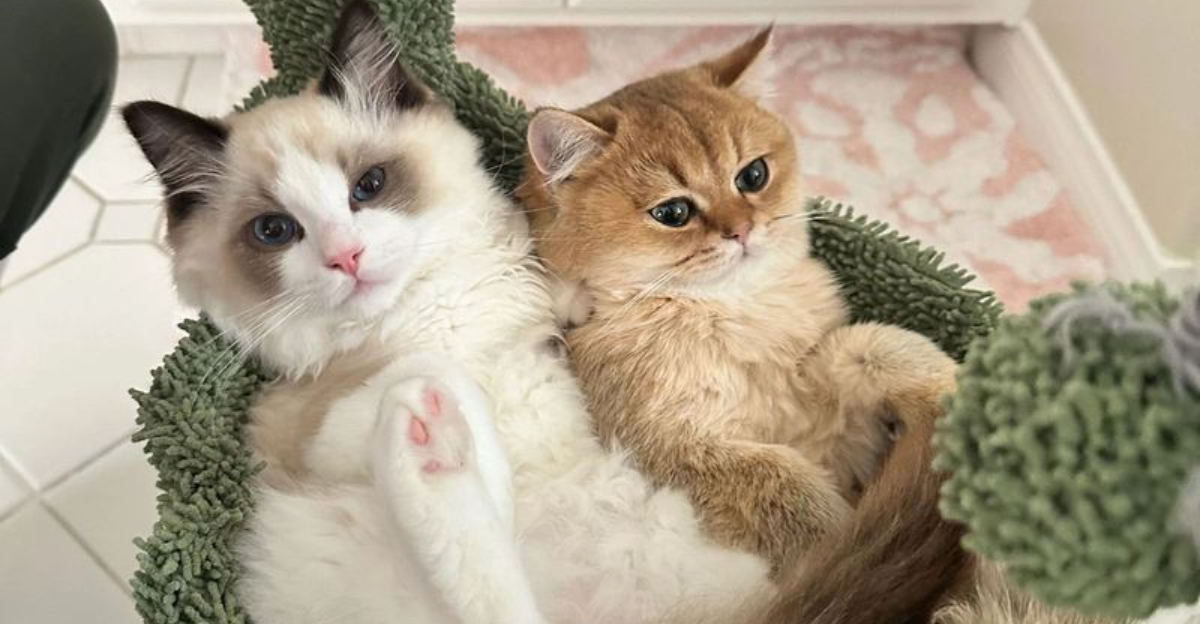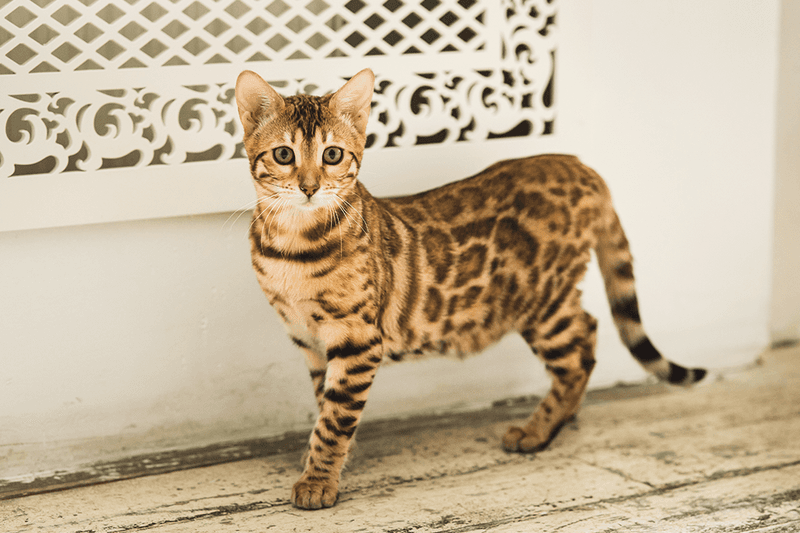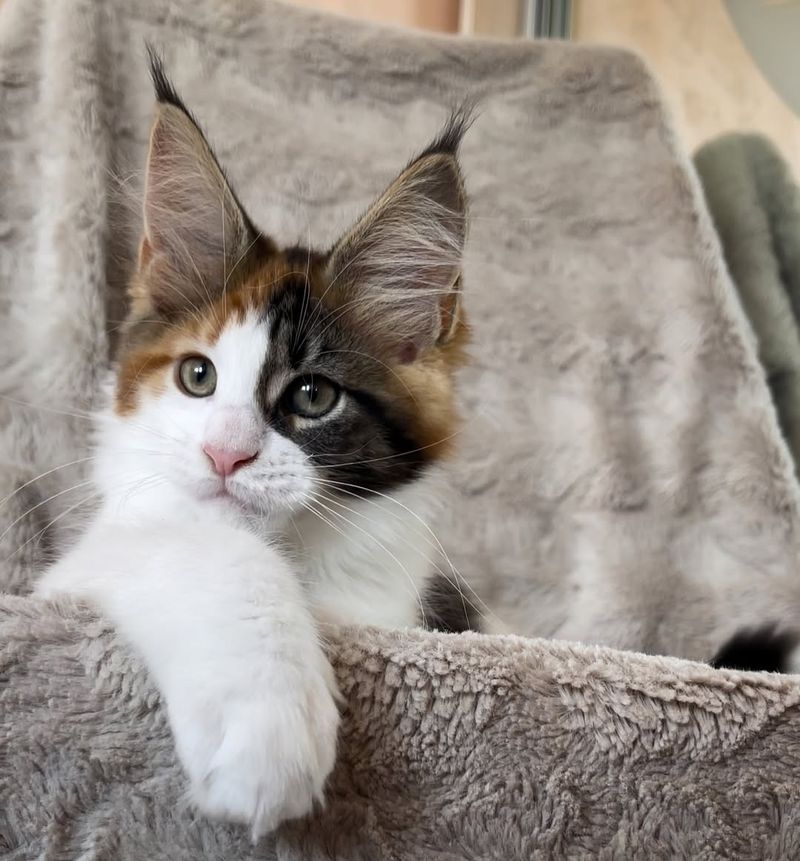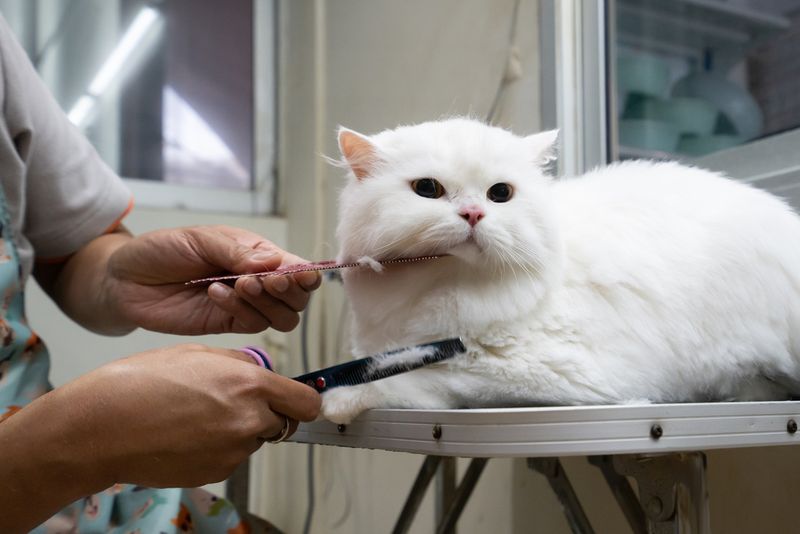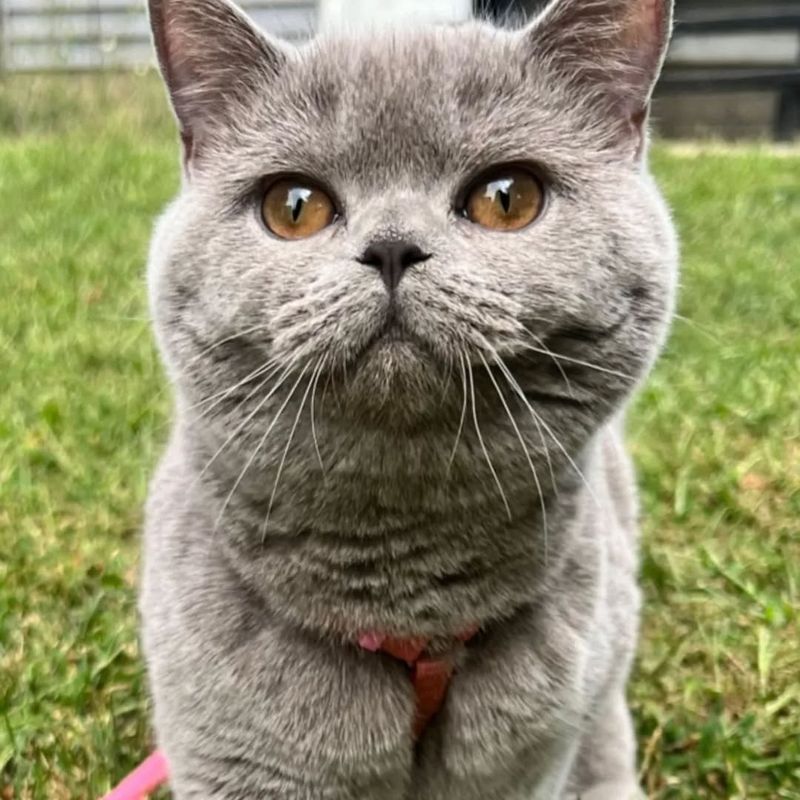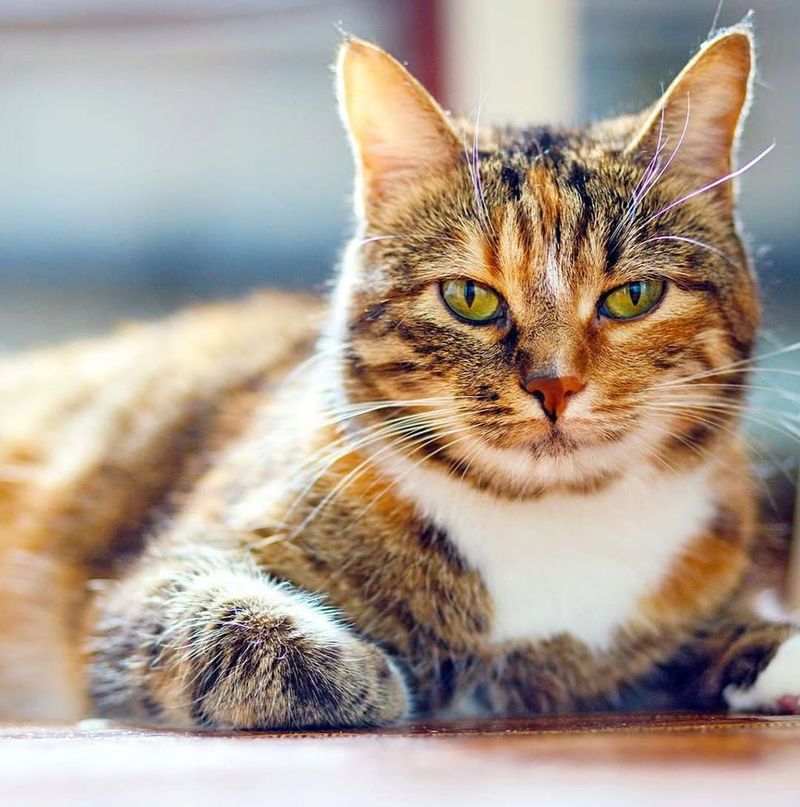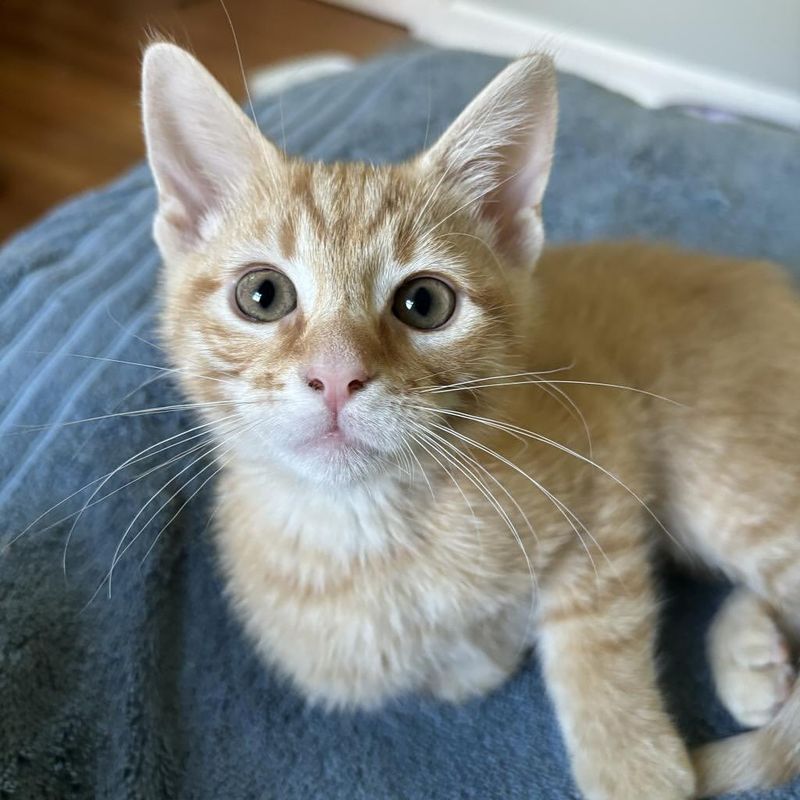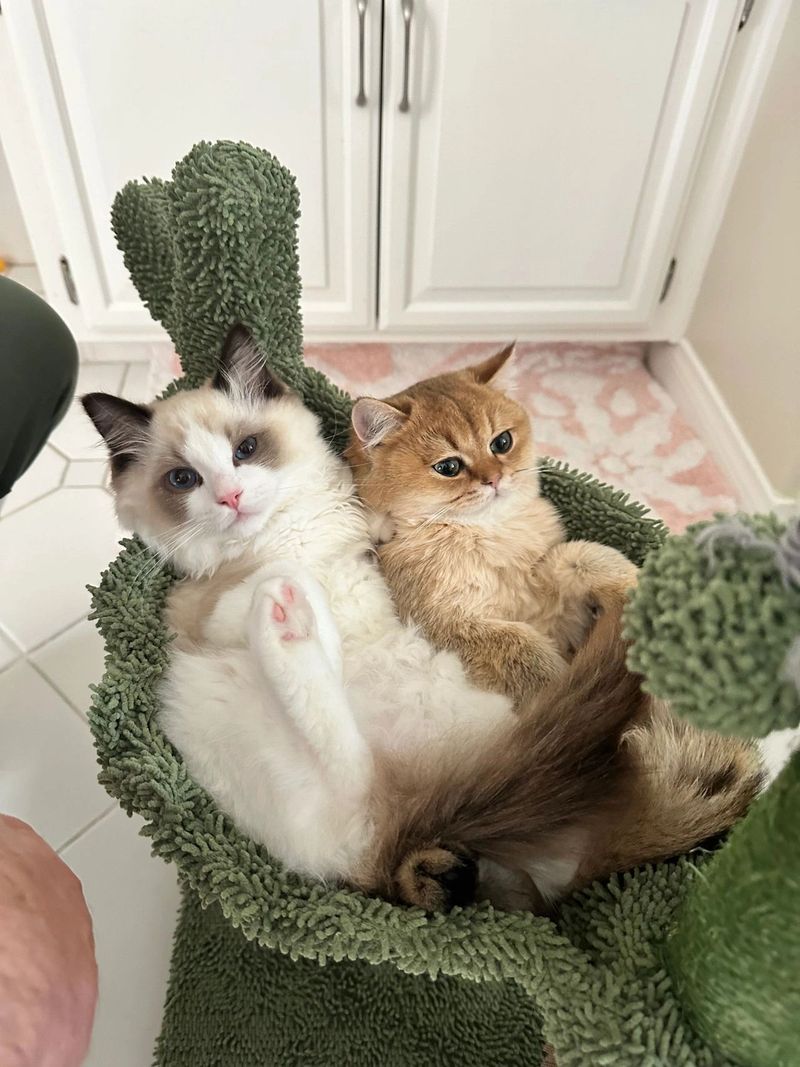📖 Table of Content:
Selecting the right cat breed is key to fostering a positive and lasting bond with a feline companion. With so many different breeds to choose from, each with its own traits and care requirements, making the right decision can feel overwhelming. It’s essential to consider various factors to ensure the cat fits well into your life and living space.
Each cat breed has its own personality, energy level, and grooming needs, which can greatly influence the relationship. Some breeds may require more attention or space, while others are more independent or adaptable. Understanding these traits will help in determining which breed aligns best with your routine and lifestyle.
The right match can lead to a fulfilling and joyful companionship, but it requires thoughtful planning. By assessing your preferences and environment, it becomes easier to choose a breed that complements both your needs and the cat’s well-being. Here are 8 practical tips to make this important decision easier and more rewarding.
1. Tip 1: Assess Your Lifestyle
The first step in selecting the right cat breed is assessing your lifestyle. Are you active or prefer quiet evenings at home? Some breeds, like the Bengal, thrive in active households, while others, like the Ragdoll, enjoy lounging. Consider how much time you can dedicate to play and interaction. Balancing your cat’s energy with your lifestyle fosters a harmonious relationship.
Also, consider your work schedule. Cats like the Russian Blue may adapt well to being alone for extended periods, while others might need more companionship. Reflecting on these aspects helps narrow down breed choices.
2. Tip 2: Consider Allergies
Allergies are a significant factor when choosing a cat breed. Some breeds, such as the Siberian and Balinese, are known for being more hypoallergenic. These breeds produce lower levels of the allergenic protein Fel d 1, which can be beneficial for allergy sufferers.
It’s worth visiting a breeder or shelter to see how you react to different breeds. Remember, individual cats within a breed can also vary in allergen production. Consulting with an allergist can offer insights into managing allergies while enjoying feline companionship.
3. Tip 3: Space Requirements
Your home environment plays a crucial role in determining the suitable cat breed. Larger breeds like the Maine Coon may require more space to roam, while smaller breeds can adapt to apartments. Consider vertical spaces; some cats love climbing and require shelves or trees.
Think about quiet, cozy spots for cats that enjoy resting. Ensuring your home meets a cat’s spatial needs promotes a content and stress-free pet. Analyzing your space helps select a breed that will thrive in your home environment.
4. Tip 4: Grooming Needs
Different breeds have varying grooming needs. Long-haired breeds like the Persian require regular grooming to prevent matting, while short-haired breeds like the Siamese need less maintenance. Consider your willingness and ability to commit time to grooming.
Regular grooming is not only about keeping your cat looking good; it also contributes to their overall health. Assessing your grooming capabilities ensures that you choose a breed whose grooming needs match your lifestyle, preventing future hassles and promoting a healthy coat.
5. Tip 5: Temperament and Personality
Temperament varies significantly across cat breeds. Breeds like the Siamese are known for their vocal and social nature, while the British Shorthair is typically more reserved. Consider what type of personality you prefer in a cat—active, playful, calm, or independent.
It’s beneficial to spend time with different breeds to understand their behavior. Shelters and breeders can provide insights into a breed’s typical personality, helping ensure your future pet’s temperament aligns with your expectations.
6. Tip 6: Health Considerations
Health is a priority when selecting a cat breed. Some breeds are prone to specific health issues. Persians, for instance, can suffer from respiratory problems due to their flat faces. Conversely, breeds like the American Shorthair are known for robust health.
Researching potential health concerns and discussing them with a vet can prepare you for future needs. Understanding these aspects ensures you choose a breed that aligns with your ability to address potential health challenges.
7. Tip 7: Age and Energy Level
Choosing a cat involves understanding its age and energy level. Kittens are full of vitality and demand more playtime, while older cats tend to have more settled, mellow needs. Think about whether the spirited nature of a kitten or the tranquility of an adult cat suits your lifestyle.
Adoption centers can offer insights into a cat’s energy level. Balancing your energy with a cat’s needs can enhance your pet companionship experience, fostering a mutually satisfying relationship.
8. Tip 8: Family and Other Pets
When deciding on a cat breed, consider other family members and pets. Breeds like the Ragdoll are known for being good with children, while others might prefer solitude. Understanding how a cat might interact with your family is essential.
If you have other pets, introduce them to see how they interact. Choosing a cat that fits well with your existing family dynamics ensures a cohesive home environment. This thoughtfulness makes for a harmonious household.
